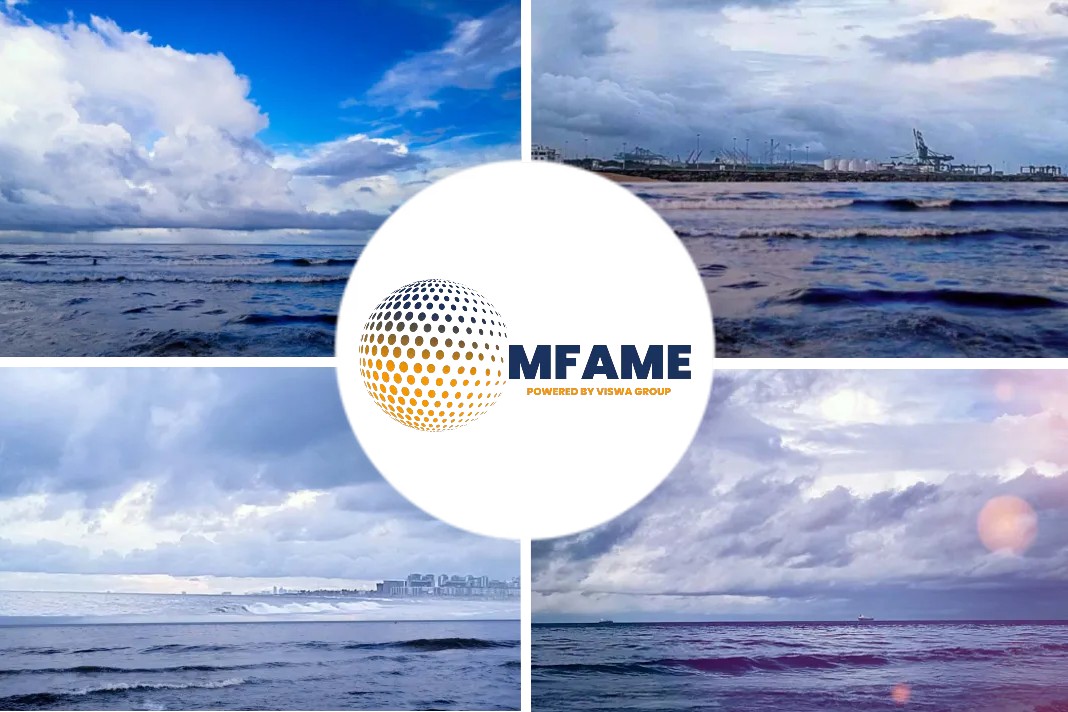- Fujitsu announced the introduction of a highly-accurate AI technology to predict vessel collision risks.
- Field trials of the technology were conducted at the Tokyo Wan Vessel Traffic Service Center under an outsourcing contract with the Japan Coast Guard.
- Based on the results of the field trials, Fujitsu plans to provide safe navigation support services beginning in March 2022 for players in the maritime industry globally.
Fujitsu Limited announced the introduction of a highly-accurate AI technology to predict vessel collision risks on complex sea routes including bay areas, says an article published on HPC wire website.
Background
Recent serious maritime accidents around the world have drawn increased attention to the importance of ensuring the safety of maritime traffic. This not only includes direct damage to the ship hull and cargo, but also indirect damage caused by lost opportunities due to inoperable ships, as well as serious damage to human life and the environment.
However, most of the methods to predict vessel collision risks currently in practical use take into account that vessels navigate along straight lines starting from their current positions.
In fiscal 2019, under an outsourcing contract with the Japan Coast Guard, which operates a navigation support system that combines radar and the Automatic Identification System (AIS) to analyze movements of vessels in order to provide them with relevant information to improve the safety of navigation.
Fujitsu leveraged AI technology to predict vessel collision risks in the Tokyo Bay area and to detect other areas where collision risks are highly concentrated. Fujitsu has confirmed the effectiveness of this method for early detection of collision risks.
About the newly developed technology
Fujitsu has now developed a new, additional algorithm to calculate if a ship follows a specified route.
With conventional technology, excessive alerts had occurred in cases where two vessels were judged to travelling straight along their current course in the vicinity of curved sections of sea routes – by utilizing the new algorithm described above, collision risks will now be categorized as low when the two vessels follow a specified route in a curvilinear manner.
This new algorithm thus reduces unnecessary alerts and makes it possible to more accurately determine the risks of collision between vessels.
Joint field trials with the japan coast guard
- Date and Time
November 17, 2020 (Tuesday) to September 2, 2021 (Thursday)
- Location
Tokyo Wan Vessel Traffic Service Center (Place: Naka-ku, Yokohama City, Kanagawa Prefecture)
- Contents and results of the field trials
In cooperation with the Japan Coast Guard, Fujitsu conducted statistical and quantitative evaluations in the Tokyo Bay area of the effectiveness of its collision risk detection technology by comparing cases where the new technology has been applied with cases where it had not been applied.
After a fixed evaluation period, Fujitsu confirmed that unnecessary alerts could be reduced by approximately 90% in comparison to conventional technology for all sea routes including sea routes with curved sections.
Collation analysis
In addition, Fujitsu conducted a collation analysis of the operational records for the actual maritime traffic control operations of the Tokyo Wan Vessel Traffic Service Center which manages maritime traffic control services.
This analysis was based on records of the operations performed by the operation controller, including the provision of information to vessels, as well as information drawn from interviews with the operation controller, and the alerts detected by the newly established technology.
As a result, about 95% of the high risk events for which the Operator issued warnings or recommendations were correctly judged as high risk, and it was confirmed that this technology is close to the Operator’s judgment and useful for operational support.
Future plans
By upgrading the conventional collision risk prediction technology with this new algorithm, Fujitsu aims to provide a safe navigation support service that can detect collision risks with high accuracy even in curved sections of sea routes by March 2022 to players in the maritime industry globally.
Fujitsu also aims to provide a service equipped with an algorithm currently under development that quantitatively evaluates whether a vessel is following a route by analyzing the characteristics of the vessel, such as its size and type, as well as data from past navigation performance by September 2023.
In this way Fujitsu will be able to ensure both the safety of maritime traffic control and vessel navigation and to contribute to the construction of a resilient maritime traffic system.
Did you subscribe to our daily newsletter?
It’s Free! Click here to Subscribe!
Source: hpcwire.com

















